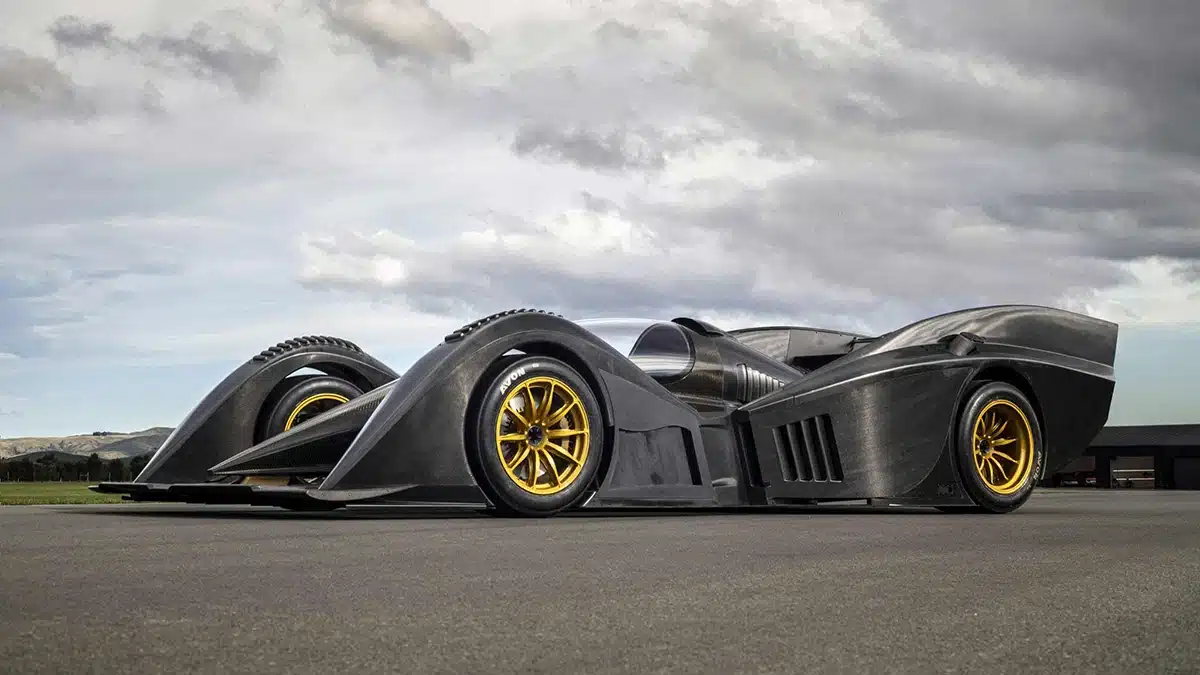Ford has applied its sensory technology not to a new model – but to a shopping trolley.
If there is ever a moment to strike fear into the heart of any parent, it’s the one where your child takes it upon him or herself to make off with the supermarket trolley while you attempt to load shopping into the boot of the car.
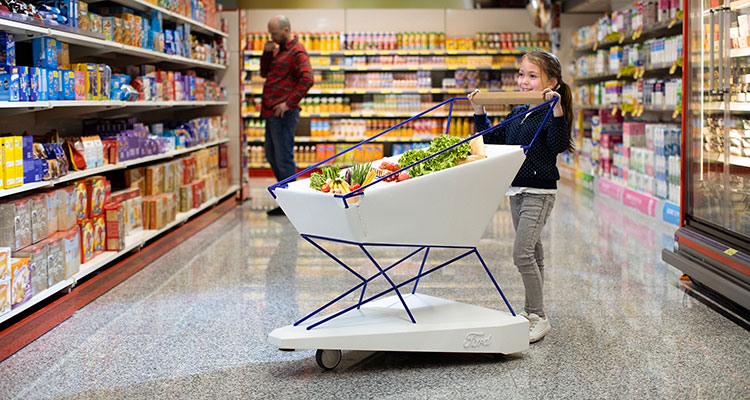
Their life and various deadly scenarios flash in front of your eyes as the little darling charges across the car park, happily using the trolley as a rally vehicle while you try desperately to catch up.
Mostly, these frightening episodes end without incident (although plenty of dings in brand new cars have undoubtedly been caused as a result of errant children in the car park at Sainsbury’s etc).
However, they have apparently been playing on the minds of the developers at Ford. Perhaps someone at the popular brand has experienced this very thing, because the company recently released news that it has been working on a ‘Self-Braking Trolley’.
We have to admit that we checked the date on it to see if it was an April Fool’s joke, but it was legit and actually a means of demonstrating just how far automotive technology has come in recent years.
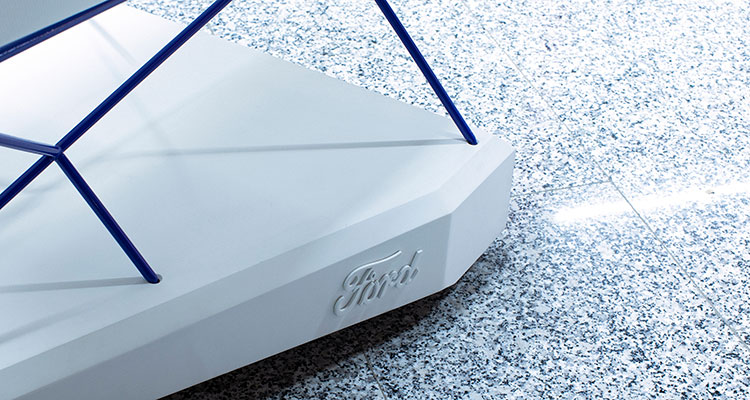
Ford explained that it took its Pre-Collision Assist functionality (available in most new Fords), which uses a forward-facing camera and radar to alert drivers when other vehicles, pedestrians or cyclists are in the road and automatically applies the brakes if there is no response from the driver.
It then added this tech to a sleek new supermarket-style trolley so it could use its own sensors to scan for dangers in its path and automatically come to a halt if any were detected.
The design is just a prototype for now, as well as a demonstration of how expertise in motoring can be applied to make our everyday lives easier.
“We thought that showing how similar thinking could be applied to a shopping trolley would be a great way to highlight what can be a really useful technology for drivers,” said Ford Europe’s Anthony Ireson.
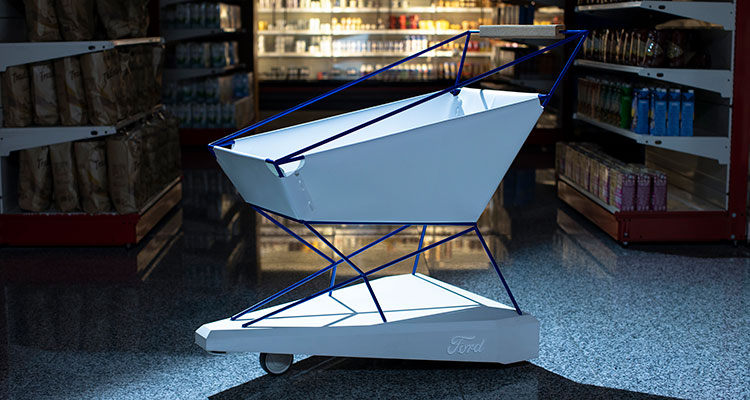
This is certainly true – and can you imagine how great it would also be in avoiding battered ankles as you make your way around the supermarket too? It really could be a revelation!
In fact, thinking about how cars can now do so much more than be driven by us, we thought we’d take inspiration from Ford and have a tongue-in-cheek look at how further automotive inventions could be applied to other parts of our lives.
Automatic adaption to surroundings
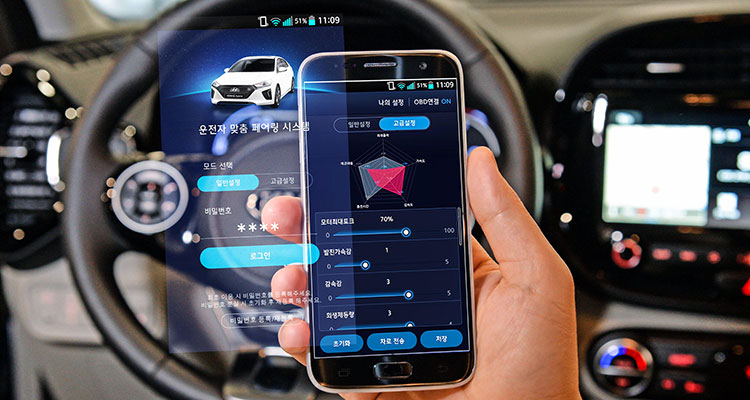
Hyundai and Kia recently announced that its new electric vehicles will soon come with ‘smartphone-electric vehicle pairing-based performance adjustment technology’, meaning drivers will be able to customise their car’s primary functions – including acceleration, braking capacity, responsiveness and energy use – through an app.
The app will make suggestions on optimised settings for designated destinations and recommend tailored solutions.
Since predictive capacities are getting more common in cars, maybe we could copy the technology to create footwear that automatically recognises new situations such as icy pavements or rocky footpaths. It could then adapt by seamlessly altering its grips underneath – and voila: no more broken ankles during a Beast from the East!
Keys with built-in technology
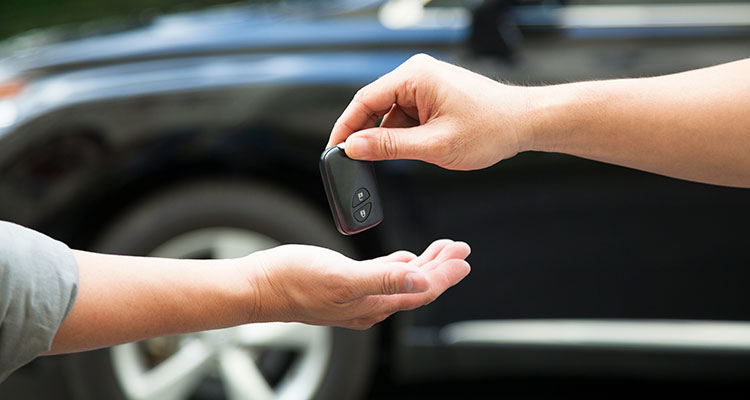
Keyless fobs are helpful enough, but news from the recent CES and Detroit auto shows suggest car doors could soon be benefiting from biometric technology that means they open automatically when an approved driver approaches.
Wouldn’t this be super-helpful on the front door at home? As you struggle up the drive with kids in tow and bags of shopping, it would be great for a panel on the door to scan your eyes and simply open the door to save you struggling. It could even be put on interior cupboards or the fridge for maximum convenience.
Biometric seat and dash technology
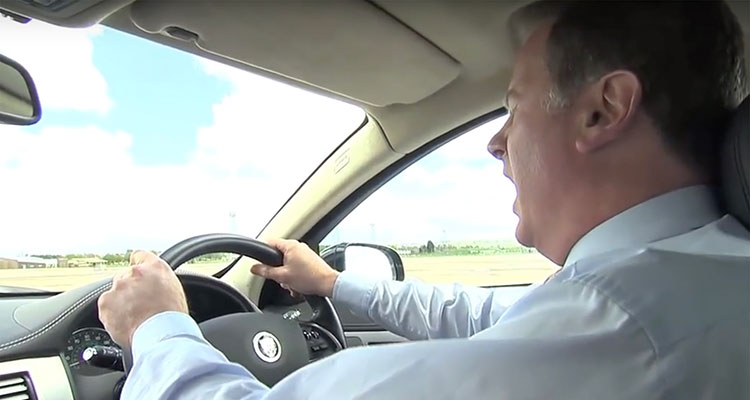
Biometric technology is also moving into car seats and dashboards, with recent news suggesting they could soon be used to collect data on the driver and if they are feeling tired, cold or anxious, for instance. This could then be applied to issue warnings for the person to take a break or to crank up the heating.
It would really be nice to have this in your sofa at home, wouldn’t it? As you sit down to watch Car SOS, the chair could detect that you’re feeling stressed and offer you a nice massage or apply heat to your lumbar area as you chill out and let the problems of the day slide off you.
Perhaps these suggestions are bordering on a little too Skynet for your liking – or maybe you love them and can’t wait to see them in your own home. And while we might have been flippant for the purposes of this article, we really do salute Ford for demonstrating just how useful the gadgets in our cars can be and how far we’ve come.
You never know what could crop up in the homes of the future, after all. It’s certainly something to think about the next time you pull up in the supermarket car park with those pesky kids.
For more articles like this, receive our weekly e-newsletter, including partner deals and all things motoring, register your email below.
Please note: You cannot subscribe to Smart-Motoring unless you put a tick in the checkbox below to indicate have read and agreed to our privacy policy.



